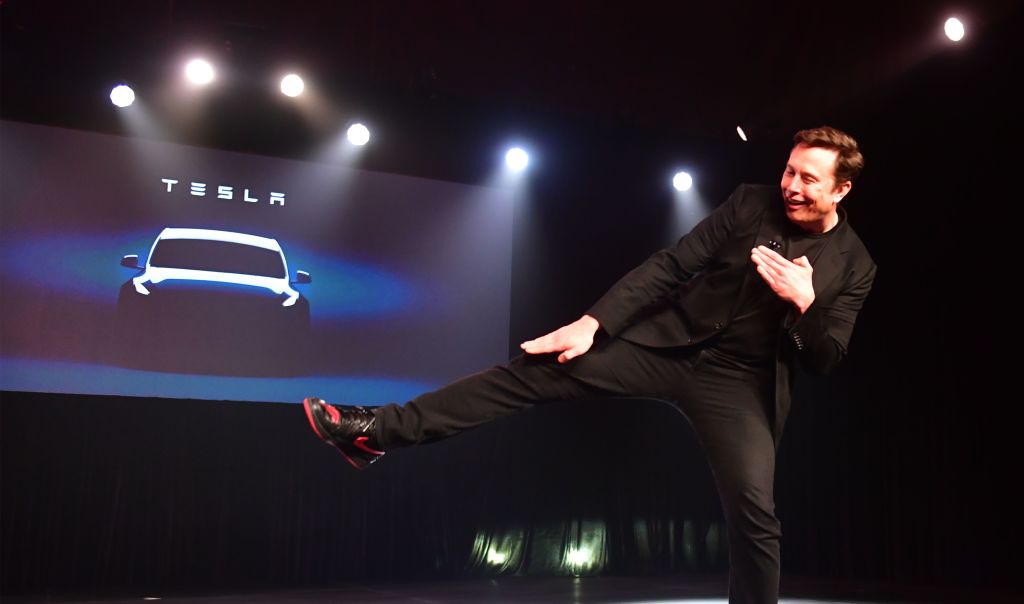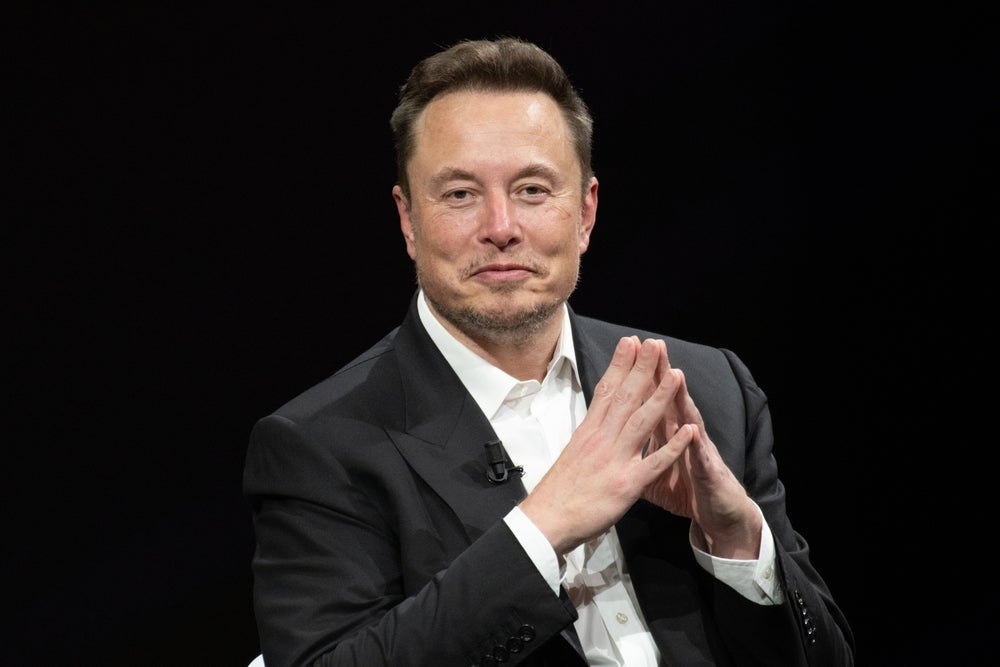
US electric vehicle (EV) brand Tesla had to roll back the latest beta version of its Full Self-Driving software after users complained of false collision warnings and other issues. This comes at a time of heightened scrutiny over the safety of its semi-autonomous driving technology, which Tesla has dubbed “FSD”.
The Palo Alto-based company was forced to pull its latest software on Sunday, less than a day after it was released.
“Seeing some issues with 10.3, so rolling back to 10.2 temporarily,” CEO Elon Musk tweeted.
“Please note, this is to be expected with beta software. It is impossible to test all hardware configs in all conditions with internal QA [quality assurance], hence public beta.”
Seeing some issues with 10.3, so rolling back to 10.2 temporarily.
Please note, this is to be expected with beta software. It is impossible to test all hardware configs in all conditions with internal QA, hence public beta.
How well do you really know your competitors?
Access the most comprehensive Company Profiles on the market, powered by GlobalData. Save hours of research. Gain competitive edge.
 Company Profile – free sample
Company Profile – free sampleThank you!
Your download email will arrive shortly
Not ready to buy yet? Download a free sample
We are confident about the unique quality of our Company Profiles. However, we want you to make the most beneficial decision for your business, so we offer a free sample that you can download by submitting the below form
By GlobalData— Elon Musk (@elonmusk) October 24, 2021
According to videos posted by beta users, the Tesla vehicles equipped with the 10.3 software reportedly provided Forward Collision Warnings when there was no immediate danger. In other instances, some vehicles also automatically applied brakes without reason, users claimed on social media.
Early Monday morning, Musk announced that the new software was being rolled out again, tweeting “10.3.1 rolling out now”.
Tesla has come under fire recently as US regulators are questioning the safety of its Autopilot technology. The National Highway Traffic and Safety Administration (NHTSA) has opened a preliminary investigation into the company’s advanced driver assistance system (ADAS), citing eleven incidents of collisions while the ADAS function was engaged.
Last week, the NHTSA appointed Mary Louise “Missy” Cummings as a senior adviser, which Musk was not happy about. In a tweet, the Tesla CEO lamented that Cummings was “extremely biased against Tesla”.
Meanwhile in China
Chinese rival XPeng, which recently beat Tesla in a JD Power survey of electric cars on in-car technologies, announced that it was gearing up its autonomous driving technology, aiming to roll out a full-scenario driver assistance system by the first half of 2023.
According to industry analysts, the Guangzhou-based company is on its way to becoming the world’s first electric vehicle (EV) startup to offer point-to-point driver assistance functions, from vehicle switch-on to parking, with an updated version of its Xpilot system.
Co-founder and CEO He Xiaopeng said on Sunday that the carmaker would accelerate the development process for mass production. He said the company aims to equip vehicles with the latest digital technologies to stay ahead of competitors in the future of mobility.
“Our exploration of more efficient, safer, carbon-neutral mobility solutions goes far beyond just smart EVs,” he said at the company’s Tech Day virtual briefing. “It is the cornerstone of our long-term competitive advantages.”
Chinese carmakers are aggressively pushing ahead with new self-driving systems, whereby a widescale adoption of smart city technology, the internet of things (IoT) and vehicle-to-everything (V2X) connection are part of that agenda. Industry analysts have pointed out that the ecosystem in China may be more favourable as regulations are more lenient.
“Simply because Chinese public policy is much more advanced, comprehensive and strongly enforced than is the case in the non-autocratic West,” as senior analyst at GlobalData, Mike Orme, tells Verdict.
“In the West,” he added, “New York has been developing strong layers of sensors and in Europe, Helsinki, Amsterdam, Antwerp, Copenhagen, Oslo and Zurich are advanced in ‘smartness’, but the first four are not strung out and people walk and cycle a lot. So the connected vehicle aspect is not so evident.”
The question remains though on how long this will take. For years, industry leaders have predicted that drivers would all soon be riding in self-driving cars in smart, digitally connected cities. Yet that vision remains far from being realised, as Tesla’s latest setback has once again proven.
Earlier this year, Musk also admitted in a tweet that he may have underestimated the development of fully self-driving technology, writing:
“Generalised self-driving is a hard problem, as it requires solving a large part of real-world AI. Didn’t expect it to be so hard, but the difficulty is obvious in retrospect.”
Verdict recently reported that there are still many technological and regulatory hurdles to overcome before a widescale adaptation of self-driving vehicles can be implemented.
Nevertheless, GlobalData’s Orme remains optimistic. “By 2030, the world’s leading cities will be humming with fleets of on-call autonomous battery-powered electric vehicles with private car ownership very largely a thing of the past,” he predicted.







